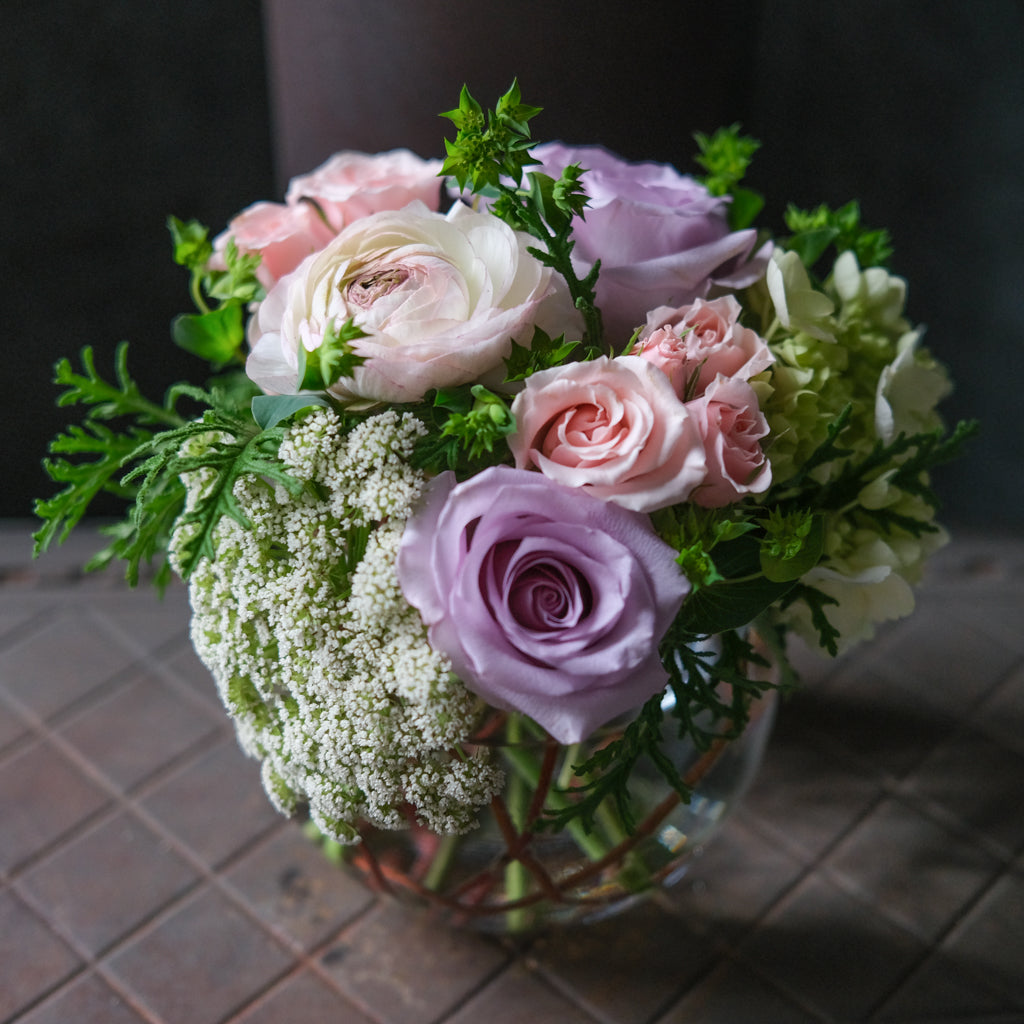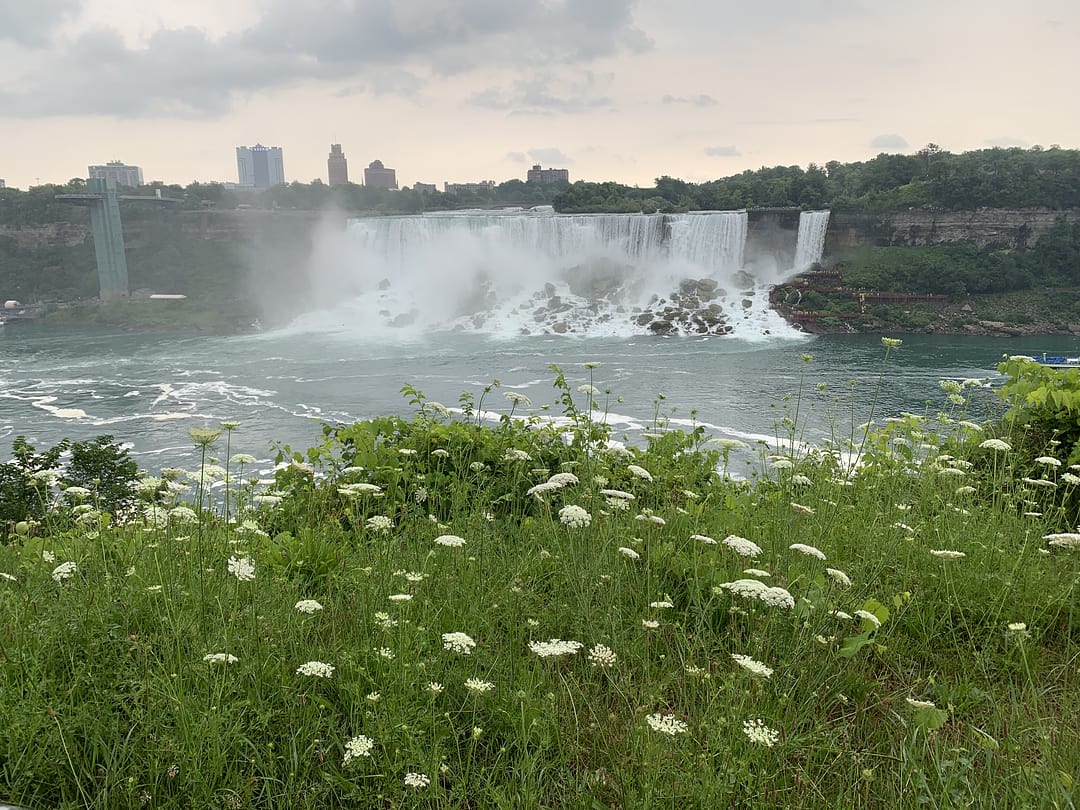O Canada... keep our land gorgeous and free!
I recently had the opportunity to attend the 2023 Perennial Plant Association National
Symposium in Niagara Falls, Ontario, Canada thanks to the generosity of the Michlers. The view of the falls was the perfect backdrop for three days of fascinating presentations, eccentric and enthusiastic “plant people,” and tours of some of the most gorgeous and creative gardens I have ever seen.
The symposium was full of illuminating educational presentations covering diverse subject matter. The plant nerd in me found the science of early root behavior and sociability metrics captivating, while the artistic side of me had a chance to explore the wide-ranging use of color and texture at play in both new and traditional garden design.
But the real highlight of the week was the garden tours. Whistling Gardens was unlike anything I have seen, less of a garden and more of a plant museum that houses over 4500 plant species, some of which are among the rarest on Earth. Broken into several different well defined sections, the museum boasts the largest collections of both peonies and conifers of any North American Garden. Each specimen stands solitary and clearly labeled with its own placard of information.
While the next stop may not have been the most impressive for everyone, for me it was one of the more interesting attractions: a maple syrup farm. In school I learned about American maple farming, endless rows of evenly spaced, perfectly aligned cloned trees with a grid of ridged piping caring the brown tree sap to the refinery. In Canada, most syrup farms just tap the trees found naturally in the forested part of their properties. The tubing winds its way through the forest seemingly at random, as though the sap from each tree takes its own hike through the woods before it eventually find its way to the giant steel tub in the log cabin where it is turned into syrup.

The day of tours ended at the Royal Botanical Gardens, a place where I could personally spend weeks exploring. It covers almost 3000 acres, most of which is pristine sanctuary, but it also has about 300 acres of cultivated gardens. We only had time to explore a fraction of the gardens, but I could have easily spent weeks there: While in the Hendrie Park portion of the gardens, I became so lost in soaking up the beauty of the garden that I nearly missed the bus to the next stop.
Most memorable for me was the Woodland Garden trail where design and maintenance work seamlessly with the natural landscape to create a space that seems untouched by human hands. I loved the Prehistoric Grove even more. I was able to put my eyes and hands on some of the oldest remaining organisms on this planet, some of which were at one point thought to be extinct. That includes the Metasequoia, the second-oldest tree in all of Canada.

The tours concluded at the Rock Garden, a misleading name for six acres of Japanese-inspired ponds, waterfalls, wooden bridges and boulders covered in mostly native plant life. I found it to be a green wonderland with trails splitting and converging through a crater, with a ridge line of one hundred-year-old pine trees enclosing the garden high overhead.
Having never visited Canada or Niagara Falls, I am truly appreciative for the opportunity this trip provided me. I wish to return to this beautiful place someday and especially spend more time exploring the Royal Botanical Gardens so that I can give them the attention they deserve.

Jonathon Milburn


